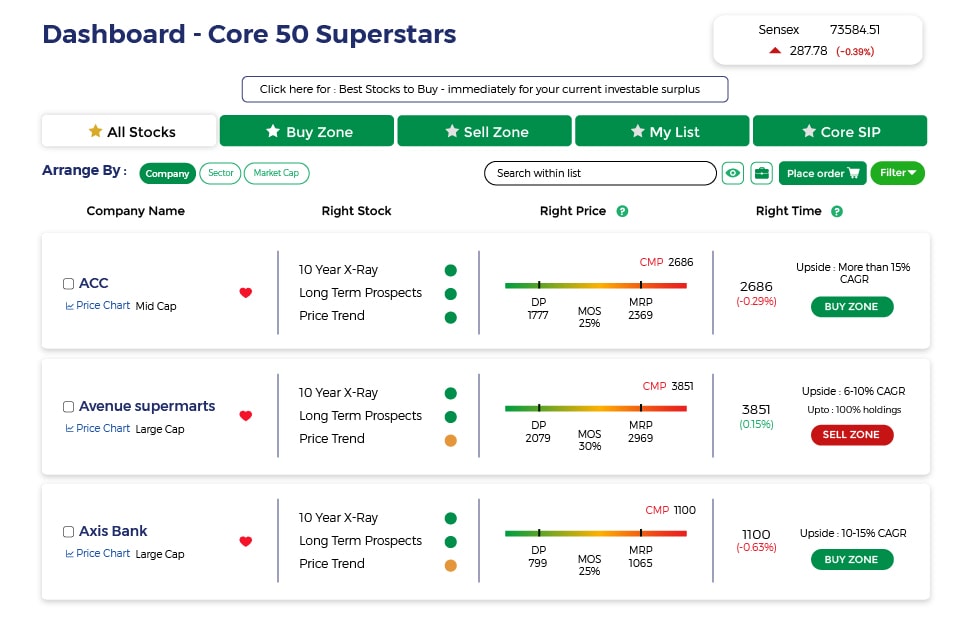The insights gleaned from the book have been skilfully dissected and presented across three distinct articles. Immerse yourself in the first installment of our comprehensive summary, where we distill the essence of Part One – Avoid Big Risks.
Pulak Prasad, the founder of Nalanda Capital, is a notable figure in public market investing. Launched in May 2007, Nalanda's limited partners (LPs) primarily consist of US Endowments and Foundations, along with US and European Family Offices. Nalanda Capital considers itself a permanent owner of high-quality publicly listed businesses led by exceptional management. The firm exclusively focuses on investing in small to mid-cap companies in India, aspiring to become a substantial shareholder, often the largest after the founding family. Nalanda adopts a friendly and active approach, avoiding activist roles, while maintaining a long-term investment horizon, ideally with a permanent perspective.
While the current returns for Nalanda Capital are not available, the book mentions that Nalanda has generated annualized returns of 20.3% (after fees) between June 2007 and September 2022, beating the Sensex and Midcap Index by 10.9%. Nalanda’s returns make it easily one of the best-performing funds, managing around $5 billion currently.
Pulak Prasad’s approach to writing the book is interestingly different from the style adopted by most other authors on investing as it uses evolutionary biology as a base for drawing comparisons and as a source of knowledge. The book draws examples from deer, bumblebees, Siberian silver foxes, sea urchins, green frogs, and guppies, among many other creatures. The book is divided into three parts: (1) Avoid Big Risks, (2) Buy High Quality Businesses at a Fair Price, and (3) Don’t be Lazy – Be Very Lazy. Let’s dive in.
Avoid Big Risks
Survival is more important than growth, or simply, return of capital takes precedence over return on capital. To play the game, one must first survive.
An investor can make two types of errors: errors of commission and errors of omission. Errors of commission (Type I Errors) occur when investors make investment decisions by erroneously believing that bad investments are good investments. Errors of omission (Type II Errors) occur when investors reject good investments by erroneously believing that they are bad investments. He draws attention to the fact that errors of omission and errors of commission are inversely correlated.
For example, an optimistic investor that invests in a large number of companies because he sees an opportunity for profit in them will surely see some investments go bad, while a cautious investor may pass on a large number of bad investments, but would surely also miss out on good investments. Given the inverse correlation, an investor would benefit by knowing which side to err on, optimism or caution. Evolutionary theory suggests that errors of omission are better as it helps species (and investors) avoid big risks. The permanent loss of capital is a bigger risk than lower profits.
This means that an investor would be generally better off by avoiding businesses that have a history of cheating customers, suppliers, employees, or shareholders. Investing in such businesses should be avoided regardless of price. Nalanda avoids turnarounds, M&A junkies, indebted companies, unaligned owners, and businesses in rapidly evolving industries as these opportunities are more prone to permanently losing investor capital. For Nalanda, compromising on quality for the sake of price seems to be a losing proposition. While an investor would surely lose some great opportunities by following this framework, but the risk of lost opportunities is better than the risk of permanent loss of capital.
Get ready for more wisdom! Click here for Part Two now.
...Already have an account? Log in
Want complete access
to this story?
Register Now For Free!
Also get more expert insights, QVPT ratings of 3500+ stocks, Stocks
Screener and much more on Registering.






 Download APP
Download APP





















Comment Your Thoughts: